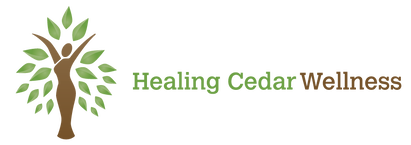0 Comments
The other side of ART (Assisted Reproductive Technology) by Rebecca Stephens, B.Sc., R.Ac., R.TCM.P3/6/2013
|
Healing Cedar Wellness'
|
0 Comments
The other side of ART (Assisted Reproductive Technology) by Rebecca Stephens, B.Sc., R.Ac., R.TCM.P3/6/2013
|
Healing Cedar Wellness'
|
